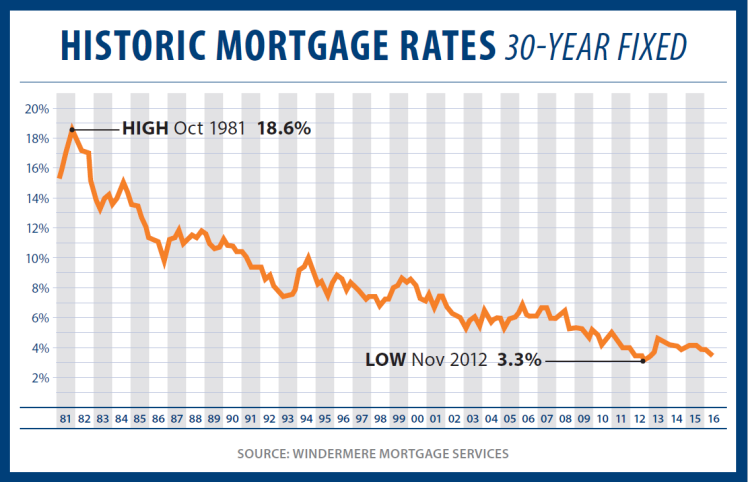
The 80-10-10 loan is a type of mortgage that allows borrowers who don't have 20% down payment to avoid PMI. They can also purchase a luxury home without needing a jumbo loan. This type of loan has one drawback: it requires you to take out two mortgages simultaneously.
Piggyback loans
Piggyback loans are a type of mortgage that allows you to get a lower down payment on your new home. Unlike other types of mortgages, the 80-10-10 loan only requires you to put down 10 percent of the total cost of your home. The loan may require you to pay mortgage insurance. This mortgage loan is great if you have excellent credit and are willing to pay the extra cost.
A piggyback loan consists of two types of liens: the first lien is a fixed rate mortgage covering up to 80% of the home's purchase price, while the second lien is a home equity line of credit (HELOC). The home equity lines of credit (HELOCs), which are similar to credit cards but have no interest rate, can be paid off anytime.
Jumbo loans
Borrowers can purchase larger homes with smaller down payments by using 80-10-10 loans. This allows them to avoid the strict guidelines that are involved with jumbo loans. They don't have to pay 20% of the home's total price. Instead, they can pay 10% which will significantly reduce their monthly payments. These loans are perfect for people who are in financial distress or those who can't afford the down payment on a conventional loan.

Lenders can vary the loan limits for jumbo loans, but they typically exceed $647,000. The limit for Hawaii, Alaska, and other states is $970,000.800
80 10 10 Loans
You may consider an 80/10/10 loan if you are in the market to buy a high-priced house but don't want to borrow a lot. These loans allow you to borrow 80% of the purchase price, but require a small down payment of 10%. Additionally, these loans do not require mortgage insurance.
These loans are popular for homeowners who want to avoid jumbo loan, get around PMI, buy a home and then sell their existing one. These loans work in the same way as piggyback loan. Although there are some variations, the concept of the loan is the same. The basic idea is that you take out two loans. One to your new home and another for your current residence. Then, you pay off the second loan with the first. The benefit of this loan is that it allows you to buy a home at a higher price and not pay PMI.
Rural housing loans
Rural housing loans are a great way to purchase a new home. These loans are guaranteed by the USDA and are great for those with low income. This government program offers low interest rates and 0% down payments. This program helps homebuyers to navigate the application process. Refinance for qualified loans is also possible.
There are many reasons rural housing loans could be used. These loans can be used to help buyers purchase their first or second home. For example, an FHA mortgage requires only 3.5% of the purchase price. This allows people with low incomes to purchase homes with lower mortgage payments.

USDA loans
A USDA 80-10-10 loan is a great option for those who need a zero-down loan on their home. This loan is only available to low and moderate-income households. In order to be eligible, however, you will need to meet certain income- and property requirements. If you meet the above requirements, you will be able purchase a property.
The loan program has a range of options including self-serviced and bank-owned loans. The USDA guarantees that these loans will be backed with a low interest rate, and offer a flexible payment plan. The loan programs require zero down payments and can be repaid within 33 to 38 Years, depending on income.
FAQ
What should I do if I want to use a mortgage broker
A mortgage broker can help you find a rate that is competitive if it is important to you. Brokers work with multiple lenders and negotiate deals on your behalf. However, some brokers take a commission from the lenders. Before signing up for any broker, it is important to verify the fees.
How long does it take to get a mortgage approved?
It depends on many factors like credit score, income, type of loan, etc. It usually takes between 30 and 60 days to get approved for a mortgage.
What amount should I save to buy a house?
It depends on how much time you intend to stay there. You should start saving now if you plan to stay at least five years. However, if you're planning on moving within two years, you don’t need to worry.
What should I look for when choosing a mortgage broker
A mortgage broker is someone who helps people who are not eligible for traditional loans. They search through lenders to find the right deal for their clients. This service may be charged by some brokers. Other brokers offer no-cost services.
Statistics
- This means that all of your housing-related expenses each month do not exceed 43% of your monthly income. (fortunebuilders.com)
- Private mortgage insurance may be required for conventional loans when the borrower puts less than 20% down.4 FHA loans are mortgage loans issued by private lenders and backed by the federal government. (investopedia.com)
- This seems to be a more popular trend as the U.S. Census Bureau reports the homeownership rate was around 65% last year. (fortunebuilders.com)
- Based on your credit scores and other financial details, your lender offers you a 3.5% interest rate on loan. (investopedia.com)
- 10 years ago, homeownership was nearly 70%. (fortunebuilders.com)
External Links
How To
How to Locate Houses for Rent
People who are looking to move to new areas will find it difficult to find houses to rent. Finding the perfect house can take time. When you are looking for a home, many factors will affect your decision-making process. These factors include price, location, size, number, amenities, and so forth.
You can get the best deal by looking early for properties. Consider asking family, friends, landlords, agents and property managers for their recommendations. You'll be able to select from many options.